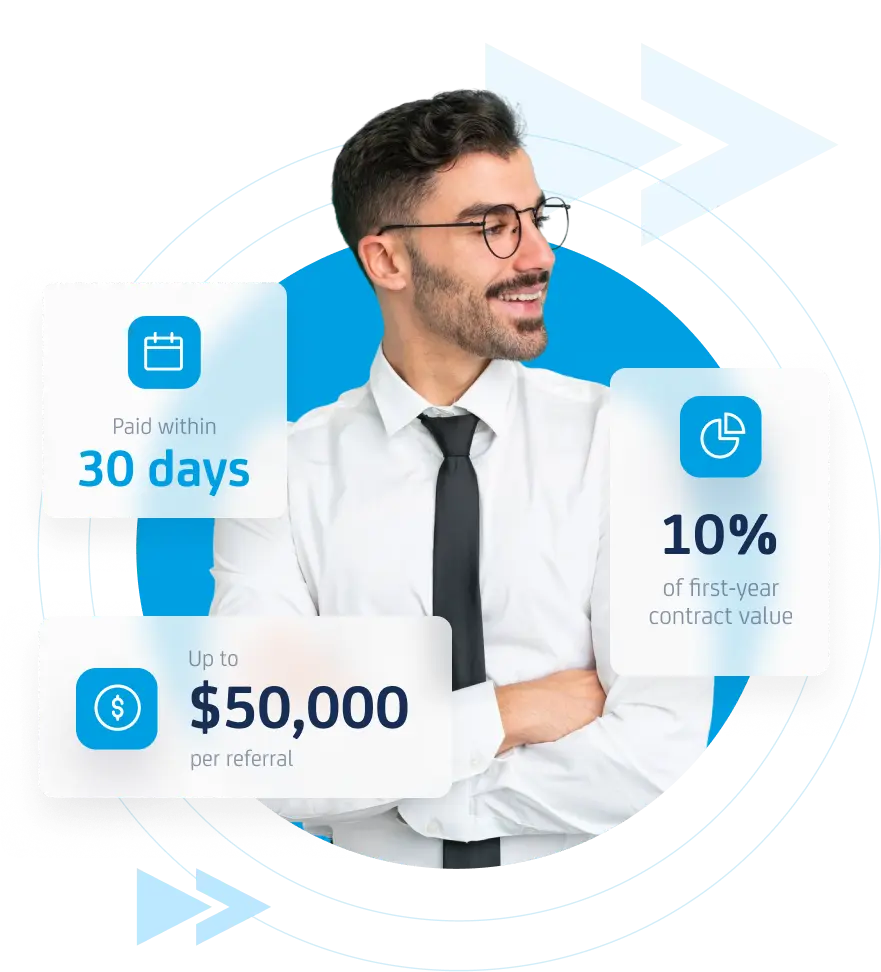Don't Modernize Yourself Bankrupt: Strategic FinOps for Sustainable Cloud Transformation

Cloud adoption is a commercial necessity for most businesses looking to modernize their software. But the path to a fully modernized cloud environment is often littered with unexpected costs. Companies frequently initiate major modernization efforts aiming for efficiency, only to find their cloud spend spiraling out of control.
This happens because the technical aspects of transformation—migrating legacy systems, re-architecting applications—often take precedence over the financial governance needed for the new, consumption-based cloud model. The result is “cloud waste”: resources provisioned but unused, expensive services chosen when cheaper alternatives suffice, and a lack of accountability across engineering teams.
For Adanto Software, we see this pattern constantly. True sustainable cloud transformation requires more than just migration; it demands a fundamental shift in how finance and technology teams collaborate. This is where FinOps—Cloud Financial Operations—becomes critical. It’s the operational model that brings financial accountability to the variable spending of the cloud, enabling organizations to get maximum value for every dollar spent. Without it, modernization can quickly turn into a significant financial liability.
Table of Contents
Cloud Waste: The Silent Killer of Modernization ROI
The promise of the cloud is agility and cost savings. The reality is that maximizing the latter requires active management. Cloud waste is pervasive. According to a 2024 Flexera report, enterprises estimate, on average, that 30% of their total cloud spend is wasted. If your cloud bill is $1 million a month, that’s $300,000 lost. In a large-scale modernization project, this percentage can be even higher in the early stages when teams are experimenting and over-provisioning out of caution.
The primary drivers of this waste are:
- Orphaned Resources: Compute instances, databases, or storage volumes left running after the project or test they supported has concluded.
- Over-provisioning: Choosing an instance size far larger than what the application workload requires.
- Lack of Discount Commitment: Failure to utilize Reserved Instances (RIs) or Savings Plans (SPs) for predictable, steady-state workloads.
- Inefficient Architecture: Using an expensive managed service when a simpler, cheaper configuration would meet the functional requirements.
Without FinOps practices in place, these inefficiencies compound, turning a promising investment in modernization into a financially damaging venture.
The FinOps Framework: Clarity, Optimization, and Operations
FinOps is an organizational discipline built around three iterative phases: Inform, Optimize, and Operate. It’s not just a set of tools; it’s a cultural shift that encourages engineering, finance, and business teams to collaborate on cloud spending decisions.
Phase 1: Inform – Gaining Cost Visibility
You can’t manage what you can’t measure. The first step in FinOps is ensuring full cost transparency and allocation. This involves a rigorous focus on:
- Tagging and Categorization: Every cloud resource must be accurately tagged to attribute its cost to the correct team, application, or business unit. For example, a tag might specify Project: E-commerce-Redesign and Team: Core-Engineering. Nearly 80% of organizations struggle with consistent and accurate tagging, which prevents proper cost allocation.
- Showback/Chargeback: Teams need to see their costs clearly and in real-time. Simply showing the bill (Showback) encourages accountability, while formal Chargeback mechanisms actually hold them financially responsible for their usage, driving behavioral change.
Phase 2: Optimize – Taking Action on Waste
Once costs are visible and allocated, the next phase is tactical optimization. This is where engineering teams actively reduce waste based on the data. Key optimization strategies include:
- Rightsizing: Using monitoring data to downsize compute instances (e.g., VMs, containers) that are consistently underutilized. A 2024 analysis showed that the average instance is underutilized by 35%.
- Scheduling and Automation: Automatically turning off non-production resources (dev/test environments) during nights and weekends.
- Committing to Discounts: Finance and FinOps teams analyze historical usage patterns and purchase RIs or SPs for stable workloads, often yielding savings of 20% to 50% compared to on-demand pricing.
Phase 3: Operate – Scaling Accountability
The Operate phase ensures that financial accountability is embedded into the daily workflow of the organization, moving FinOps from a reactive project to a proactive culture.
- Budget Guardrails: Implementing automated alerts and enforcement policies. For instance, an engineer attempting to spin up an instance that violates a budget constraint receives an immediate notification or a block.
- Cost of Goods Sold (COGS) Analysis: Tying cloud spending directly to business metrics, like the cost per customer or cost per transaction. This shifts the focus from just reducing the bill to improving the unit economics of the service.
- Automated Governance: Integrating cost checks into the CI/CD pipeline, often called “Cost as Code,” so that the financial implication is considered before a new service is deployed.
Conclusion
Software modernization is a significant investment that promises efficiency, scalability, and market speed. But these benefits are canceled out if cost management is an afterthought. The transition to cloud is an operating expense shift, and the necessary financial governance must move from being a quarterly review by the finance department to a daily, shared responsibility across all engineering teams.
For organizations like Adanto Software’s clients, integrating a FinOps practice is the non-negotiable step that ensures the massive investment in modernization doesn’t just create a technically superior environment, but a financially sustainable one as well. Strategic modernization means moving quickly, but also spending wisely.
Adanto Software
helps enterprise organizations
accelerate their journey to the cloud, specializing in secure, performance-driven software modernization and implementing governance models like FinOps to ensure sustainable ROI.




